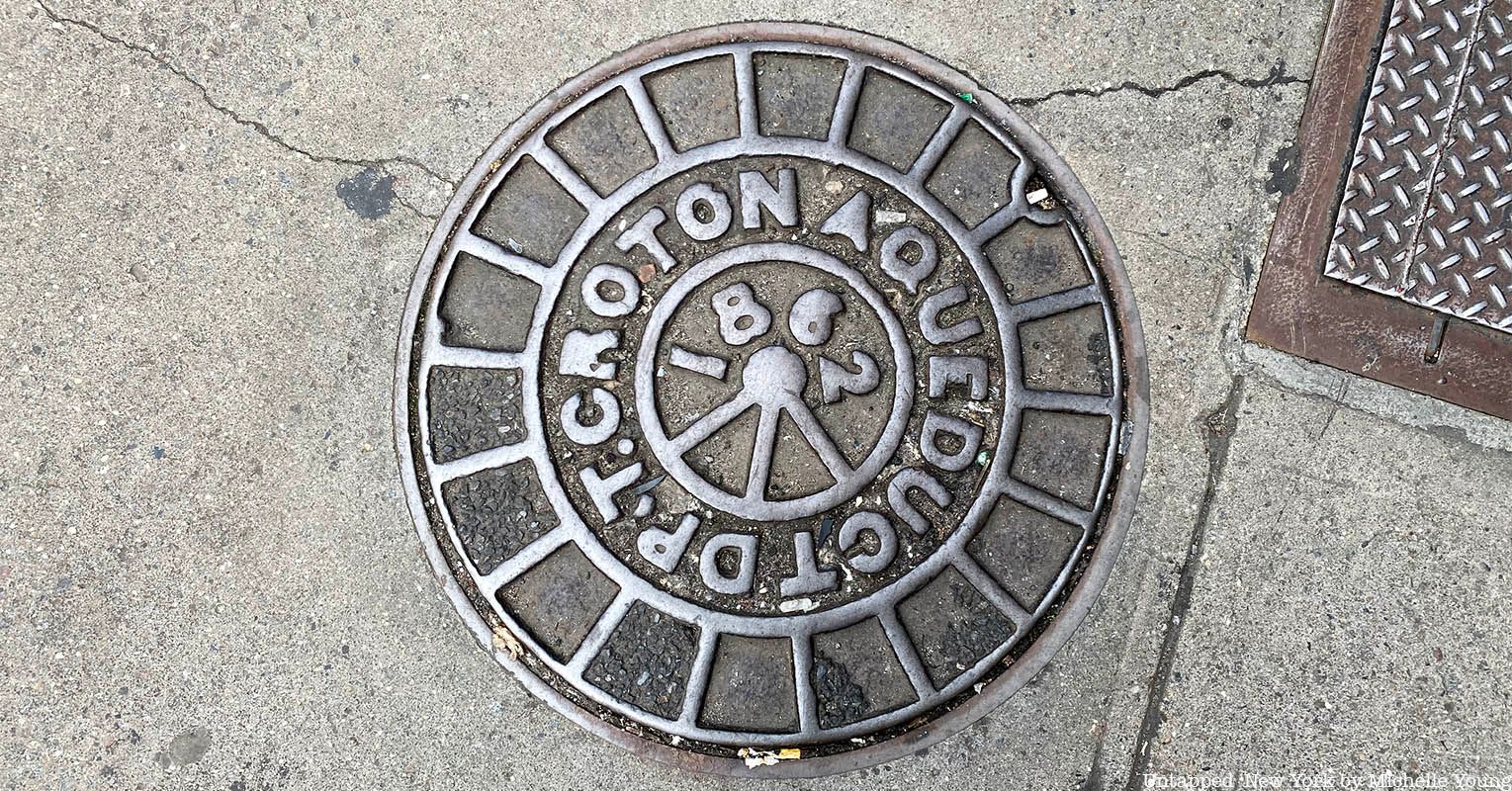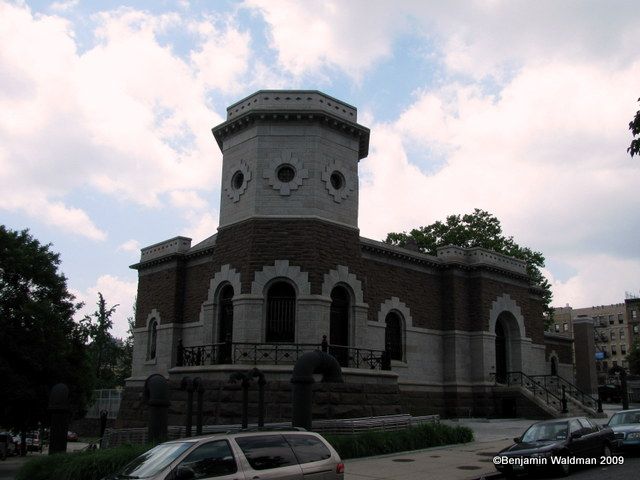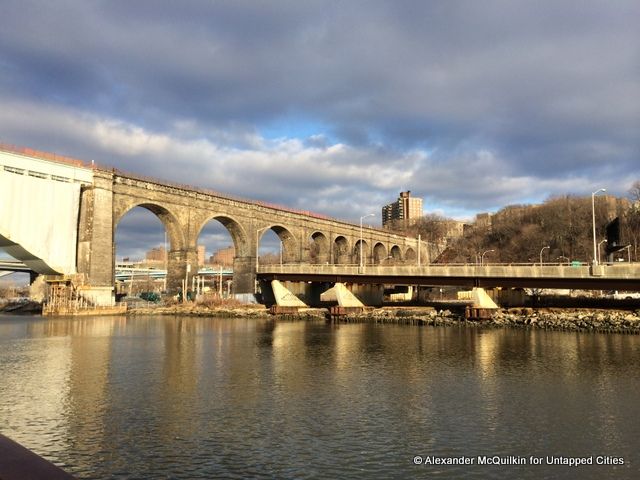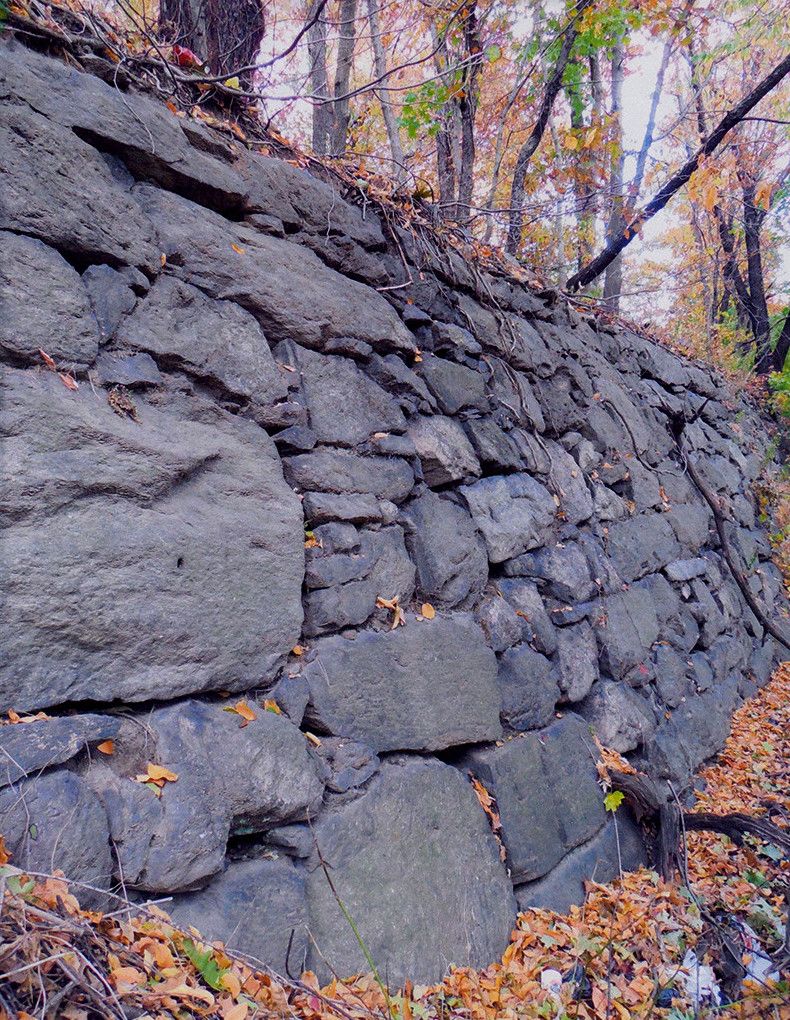Last Chance to Catch NYC's Holiday Notalgia Train
We met the voices of the NYC subway on our nostalgia ride this weekend!



Before 1842, fresh water was a luxury that only the New York City elite could afford. Epidemics like cholera spread through the rivers and springs of Manhattan, leaving New York City’s ever-growing population at risk of disease. Buildings and businesses caught fire and burned to the ground without a reserve of water to put the flames out. The Croton Aqueduct changed all that, providing a 32-mile gateway for a steady supply of clean water from Upstate New York to downtown Manhattan.
Although the aqueduct could carry up to 100 million gallons of water a day, by the 1870s it became clear that it lacked the capacity to keep up with the demands of new York City’s growing population (in part because of the commercial success of the flush toilet in the 1880s!). The New Croton Aqueduct was complete in 1890 with the ability to distribute 290 million gallons of water a day. Much of the architecture of the old Aqueduct was destroyed, including the majestic Croton Distributing Reservoir at 42nd and 5th Avenue, now home to the main branch of the New York Public Library.
Still, various parts of the Old Aqueduct’s infrastructure are still intact. Listed below are the locations of these remnants.

The old stone work of the Croton Distributing Reservoir can be seen embedded in the foundation of the New York Public Library. Check out Benjamin Waldman’s piece on the old Reservoir.

A variety of original Croton Aqueduct manhole covers are scattered throughout the city. In Thomas Jefferson Park, along the walkway off 112th Street and 1st Avenue, the Croton Aqueduct manhole, dating from 1866 is one of the oldest manholes in New York City. Another is located at 40th Street and 8th Avenue, and one was formerly next to the Puck Building on Jersey Street in Soho before street was paved over.

The Croton Aqueduct gatehouses provided access to the aqueduct for maintenance and regulation of water flow. There are three gatehouses on the Upper West Side along Amsterdam Avenue at 113th, 119th, and 135th Streets. The one above is just by Columbia University on 119th Street, the ones below at 113th and 135th Street, at City College:



Marking the border of Manhattan and the Bronx between West 170th and 174th Street, the High Bridge was designed based on the principles of the Roman aqueduct. It fell into disuse as an aqueduct in 1958, but remained open as a pedestrian walkway until the 1970s. High Bridge recently went through a major rehabilitation phase and reopened in 2015.

The High Bridge Water Tower‘s 47,000 gallon tank stored water brought in by the aqueduct, and then pumped it out to the residents of Northern Manhattan. Today the tower is the site of a public pool constructed in 1936 and still in use today.

Photo by Paul Kittas
As seen in the app On Coogan’s Bluff, there are stone retaining walls in High Bridge Park app creator Paul Kittas believes were overlooked in maps by the Friends of the Croton Aqueduct. Kittas tells us, “In 1848, one hundred and sixty seven years ago, the Croton Aqueduct was built here and it looks the same as when the workers walked off the site.” He built the app to allow the curious how to “explore a remote section of Manhattan on your own.”

Stones from both the Old Croton Aqueduct as well as the Murray Hill Distributing Reservoir were used in the construction of the Church of St. Paul the Apostle, on Columbus Avenue and 60th Street. Built in 1875 to 1885, this church was one of the tallest buildings on the Upper West Side as Upper Manhattan developed and can be seen in vintage photographs showing a landscape of farms.
The stones from the Croton Aqueduct came from “sections of an embankment of the Croton Aqueduct that was originally on the Upper West side and the Croton Distributing Reservoir at 42nd Street (now in New York Public Library, as shown above), as well as Booth’s Theater, which stood at Sixth Avenue and 23rd Street until 1883,” as written in the landmarks designation report for the church. The Upper West Side stones were taken from an abandoned portion of the aqueduct known as the “Clendenning Valley,” between 92nd and 113th Streets. It was written in the New York Tribune that relocating these stones saved the church $20,000 in construction costs.
For more NYC fun facts, check out our 10 of NYC’s Most Unique Manhole Covers and our 10 Unique and Quirky NYC Subway Entrances.
Subscribe to our newsletter